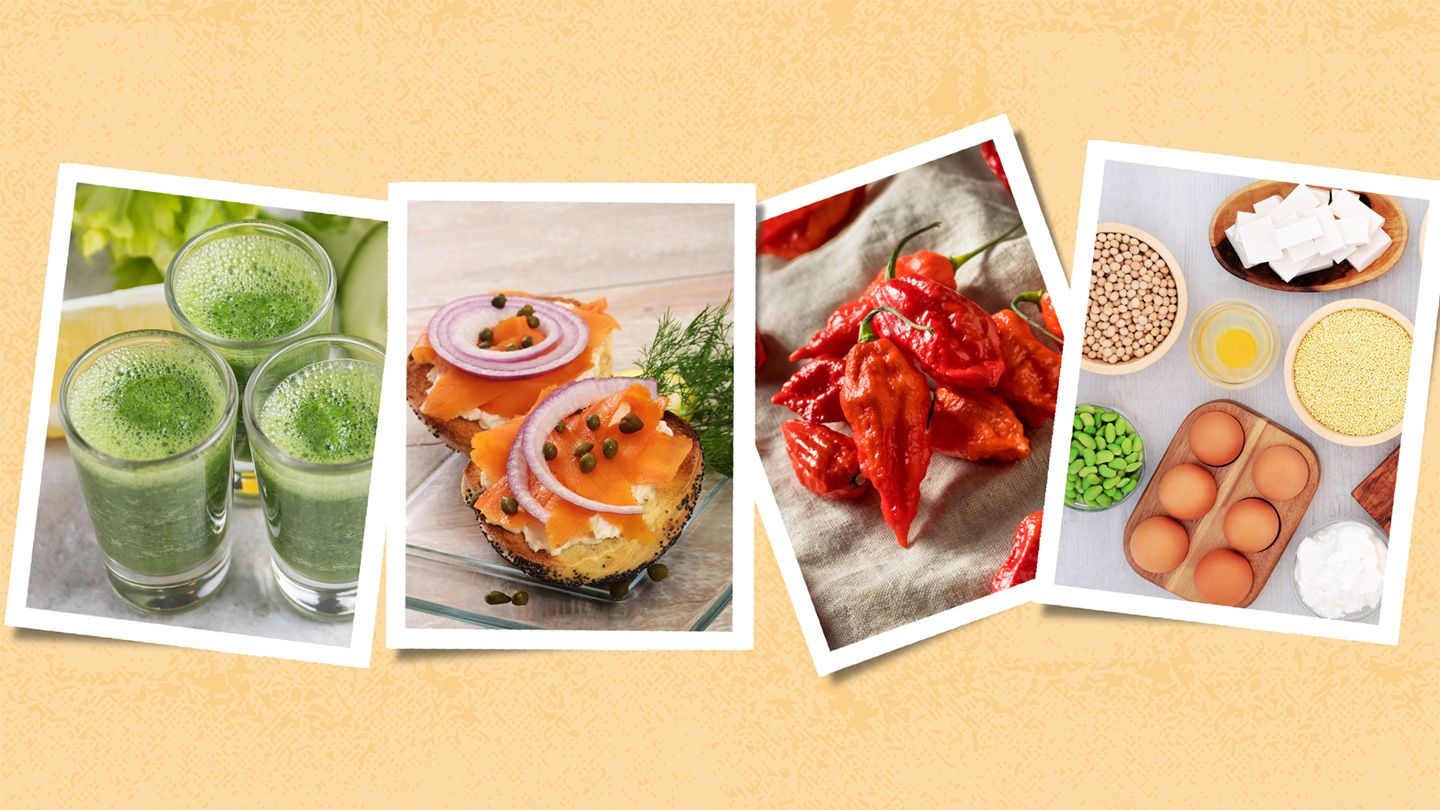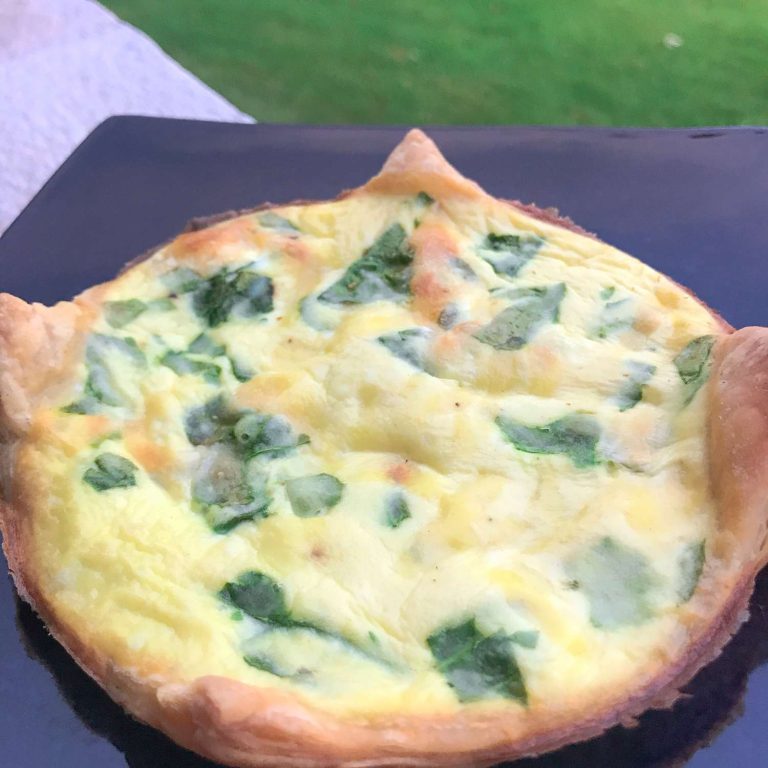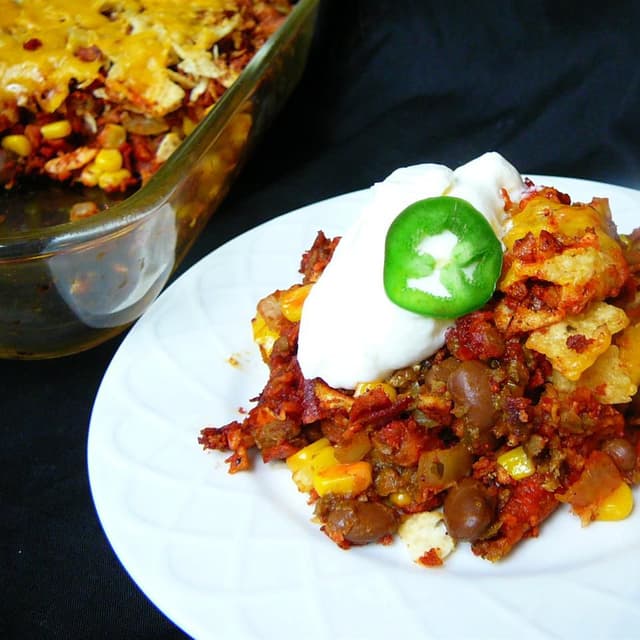Pickled Peppers: History, Health Benefits, and Culinary Tips for Perfect Dishes
Pickled peppers date back many centuries. Evidence suggests that early civilizations in places such as Mesopotamia and ancient Greece utilized pickling to preserve vegetables, including peppers. This method allowed communities to store food for long periods without refrigeration. In Greece, for instance, pickled peppers became a staple in both daily meals and festive occasions. Around the 16th century, Spanish explorers brought pepper varieties like bell and chili peppers from the Americas to Europe. This exchange introduced new flavors to traditional pickling practices.
Cultural Significance Around the World
Pickled peppers hold a unique place in various culinary traditions. In Mexico, jalapeños and other chili peppers often get pickled with carrots and onions to create a staple condiment known as escabeche. Koreans use pickled red chili peppers in many dishes, enhancing flavors and adding a spicy kick. In Eastern Europe, particularly Hungary, pickled bell peppers stuff cabbage rolls and serve as an important dinner accompaniment. Each culture’s unique method of pickling peppers contributes to its culinary heritage, enriching meals not only with preserved peppers but also with history-long practices and flavors.
How Pickled Peppers Are Made
Ingredients Involved
Pickled peppers require specific ingredients to achieve the desired flavor and texture. Essential components include:
- Peppers: Bell peppers, jalapeños, and banana peppers serve as popular choices.
- Vinegar: White vinegar or apple cider vinegar ensures proper acidity.
- Water: Dilutes the vinegar to balance flavor.
- Salt: Preserves the peppers and enhances taste. Non-iodized salt is preferable.
- Sugar: Adds a hint of sweetness, if desired.
- Spices and Herbs: Garlic cloves, mustard seeds, and dill infuse additional flavors.
Step-by-Step Pickling Process
Creating pickled peppers involves a series of precise steps:
- Preparation: Wash peppers, then slice or leave whole depending on the recipe. Remove seeds for less heat.
- Brine: Mix vinegar, water, salt, and sugar in a pot. Heat until salt and sugar dissolve completely.
- Sterilizing Jars: Place jars in boiling water for 10 minutes to sterilize. Ensure airtight sealing.
- Filling Jars: Pack peppers tightly into jars. Add spices and herbs between layers.
- Pouring Brine: Pour hot brine over peppers, covering them entirely. Leave a 1/4-inch headspace.
- Sealing Jars: Wipe jar rims, apply lids, then screw bands fingertip-tight.
- Processing: Boil filled jars for 10 minutes for proper canning. Adjust time for altitude if necessary.
- Cooling: Remove jars, let them cool for 24 hours. Check for proper seals before storing.
This structured process ensures your pickled peppers are safe, flavorful, and long-lasting.
Health Benefits of Pickled Peppers
Nutritional Content
Pickled peppers offer a rich array of nutrients that contribute to your diet. They contain vitamins A, C, and K in high amounts. For example, a single serving can provide more than 50% of your daily vitamin C needs. Minerals like potassium, calcium, and iron are also present. Additionally, pickled peppers are low in calories and carbohydrates, making them a great addition to weight management plans.
Potential Health Advantages
Consuming pickled peppers can offer several health advantages. The high vitamin C content supports your immune system and promotes healthy skin. Vitamin A supports vision and immune health, while vitamin K contributes to bone strength and blood clotting. The fermentation process in pickling produces probiotics, which can improve your gut health and digestion. Furthermore, the capsaicin in peppers may have anti-inflammatory and pain-relief properties, potentially lowering your risk of certain chronic diseases.
Culinary Applications of Pickled Peppers
Recipes Incorporating Pickled Peppers
Pickled peppers elevate various dishes with their tangy flavor and crunchy texture. Use them in sandwiches, salads, and pizzas to add a burst of flavor. They pair well with meats, such as grilled chicken or steak, enhancing the dishes with a zesty kick. Integrate them into pasta dishes or casseroles for an unexpected twist.
Examples:
- Sandwiches: Add pickled peppers to a turkey and cheese sandwich.
- Salads: Combine pickled peppers with a Greek salad, which includes olives, feta, and cucumbers.
- Pizzas: Top pepperoni pizzas with pickled peppers for added zest.
- Meats: Serve grilled chicken with a side of pickled peppers.
- Pasta: Mix pickled peppers into a creamy Alfredo sauce.
- Casseroles: Add pickled peppers to a tuna noodle casserole.
Tips for Cooking
Incorporate pickled peppers effectively in your recipes by balancing their tanginess with other ingredients. To reduce their sharpness, rinse them under cold water. Dice them finely for uniform distribution in your dishes.
- Balancing Flavor: Pair pickled peppers with creamy or fatty foods, such as cheese or avocado.
- Reducing Sharpness: Rinse pickled peppers before adding them to delicate dishes.
- Uniform Distribution: Dice pickled peppers finely for even flavor.
- Spice Control: Adjust the amount of pickled peppers based on desired spiciness.
- Storage Tips: Store pickled peppers in their brine to maintain freshness and flavor.
Choosing and Storing Pickled Peppers
How to Select the Best Pickled Peppers
Select high-quality pickled peppers to enhance your culinary experience. Opt for jars with clear labels detailing the ingredients and their origin. Look for vibrant, consistent colors, as variation might indicate quality issues. The brine should be clear, not cloudy, as this suggests freshness. Check the expiration date to ensure optimum flavor and safety.
Proper Storage Techniques
Store pickled peppers correctly to maintain their flavor and texture. Keep unopened jars in a cool, dark place, like a pantry, to preserve their shelf life. Once opened, refrigerate jars immediately, tightly sealing the lid to prevent contamination. Use a clean utensil when handling them to avoid introducing bacteria. Consuming opened jars within six months guarantees the best taste and quality.
Conclusion
Pickled peppers bring a burst of flavor and nutrition to your meals, making them an essential addition to your pantry. Their versatility allows you to experiment with various dishes, enhancing both taste and health benefits. By selecting high-quality pickled peppers and storing them properly, you can enjoy their vibrant flavors for longer. So next time you’re looking to spice up a dish, don’t hesitate to reach for those pickled peppers.






